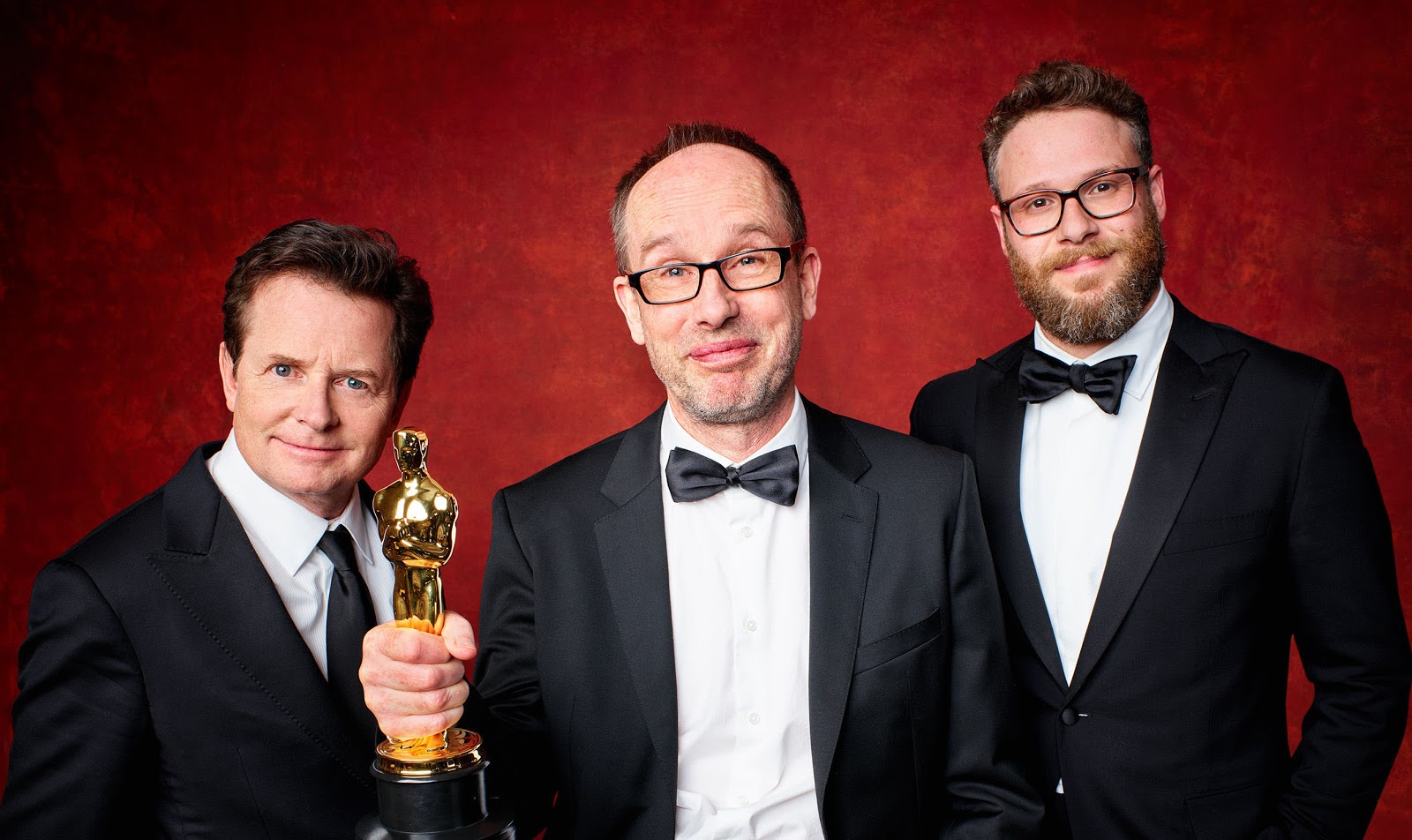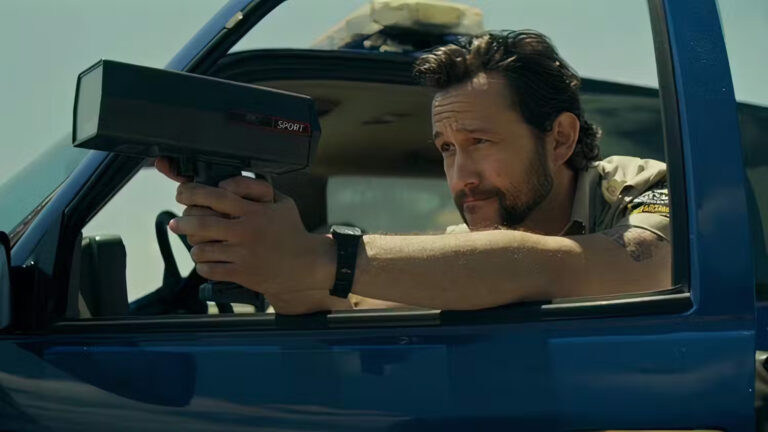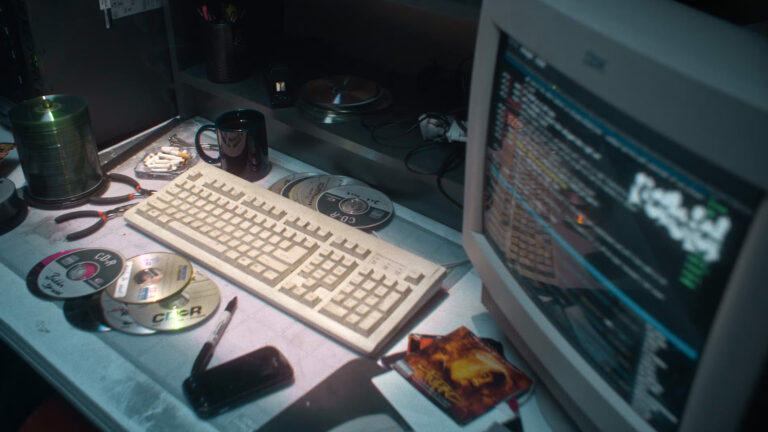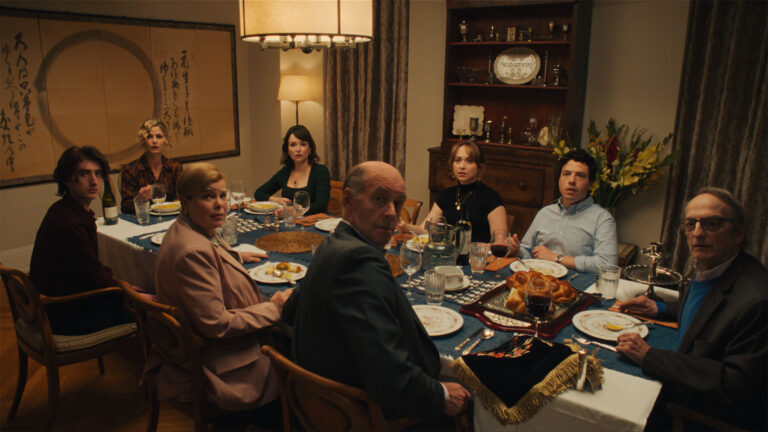I’m a veritable sci-fi/fantasy geek and “blerd” (Google it) who names his hard drives after majestic locales and magical creatures from Lord of the Rings. So imagine my delight when I learned I would have the opportunity to interview John Gilbert. No, I’m not talking about the early 20th-century American actor/director made famous during the silent film era. He’s dead. I’m talking about the Oscar-winning Kiwi editor of 2016’s Hacksaw Ridge (who was first nominated for the prestigious award for his work on the aforementioned Lord of the Rings: Fellowship of the Ring).
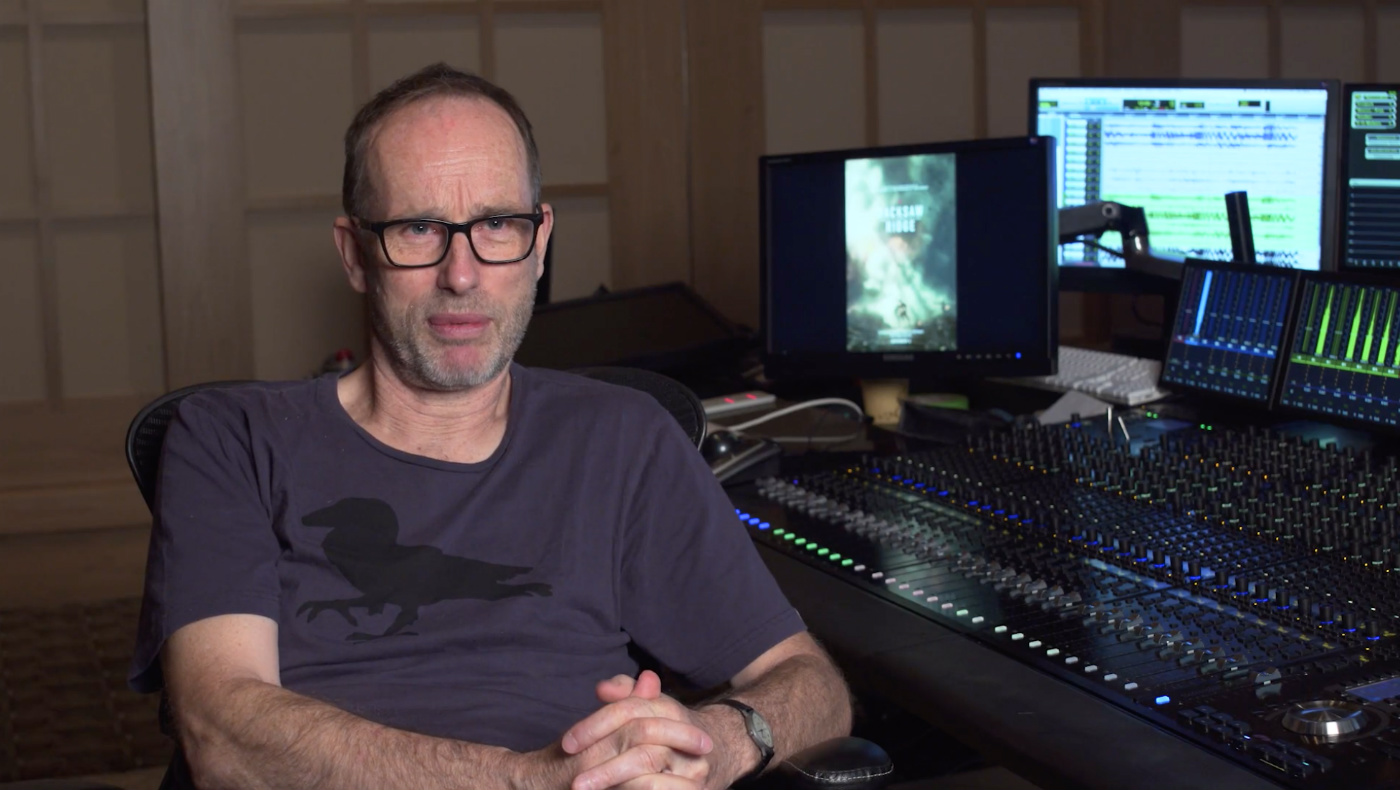
When you have an opportunity to engage in an hour-long conversation with an artist who’s had the good fortune to win and hold that world-famous golden statue, there are so many questions to ask. How did you get started? What system do you edit on? What was your first big break?
The trick is, how do you approach those questions from a standpoint that doesn’t just repeat what undoubtedly has already been written numerous times; especially when the subject is such a luminary in his field?
Before getting to the nuts and bolts and logistics of John’s process—like the proxy codec he uses (DNx36, if you’re wondering) or how he chooses and arranges his selects—I want to know what makes the artist in him tick. I want insight into his thinking and selection process. I want to know what projects he’s drawn to and why. That kind of information colors everything else. And as is the case with all artists, it goes back to his youth.
Where Inspiration Strikes & Youthful Naiveté
“I’m always interested in characters I identify with. I’m not really a fantasy person.” My geeky heart sinks just a bit as he admits the kind of projects to which he’s drawn. But I quickly get over it as his next words fill me with hope and inspiration. “I like finding characters that I find inspirational. People who are like, ‘Oh my god. If more people were like this, the world would be a better place.’ When I was younger, I was idealistic and politically driven. I thought you could change the world. All you had to do was show people the way. Life is more complicated than that it turns out. I thought filmmaking would be part of that, and the 70s were part of a revolution in a way. I was very naive and idealistic when I was younger.”
Despite the fact that John has a leaning towards grounded, reality-based storytelling, he acknowledges that more often than not, reality is even more amazing than fantasy. Take the story Desmond Doss, the real-life WWII army hero from the American south, portrayed in an Oscar-nominated performance by British actor Andrew Garfield. John recounted an amazing story of Doss, after having been wounded by a grenade, he made the stretcher bearers stop for another wounded man, who he insisted they carry away in his place. He then crawled 300 yards, was shot two more times, making a splint for his arm from a rifle butt as he made his way to safety.
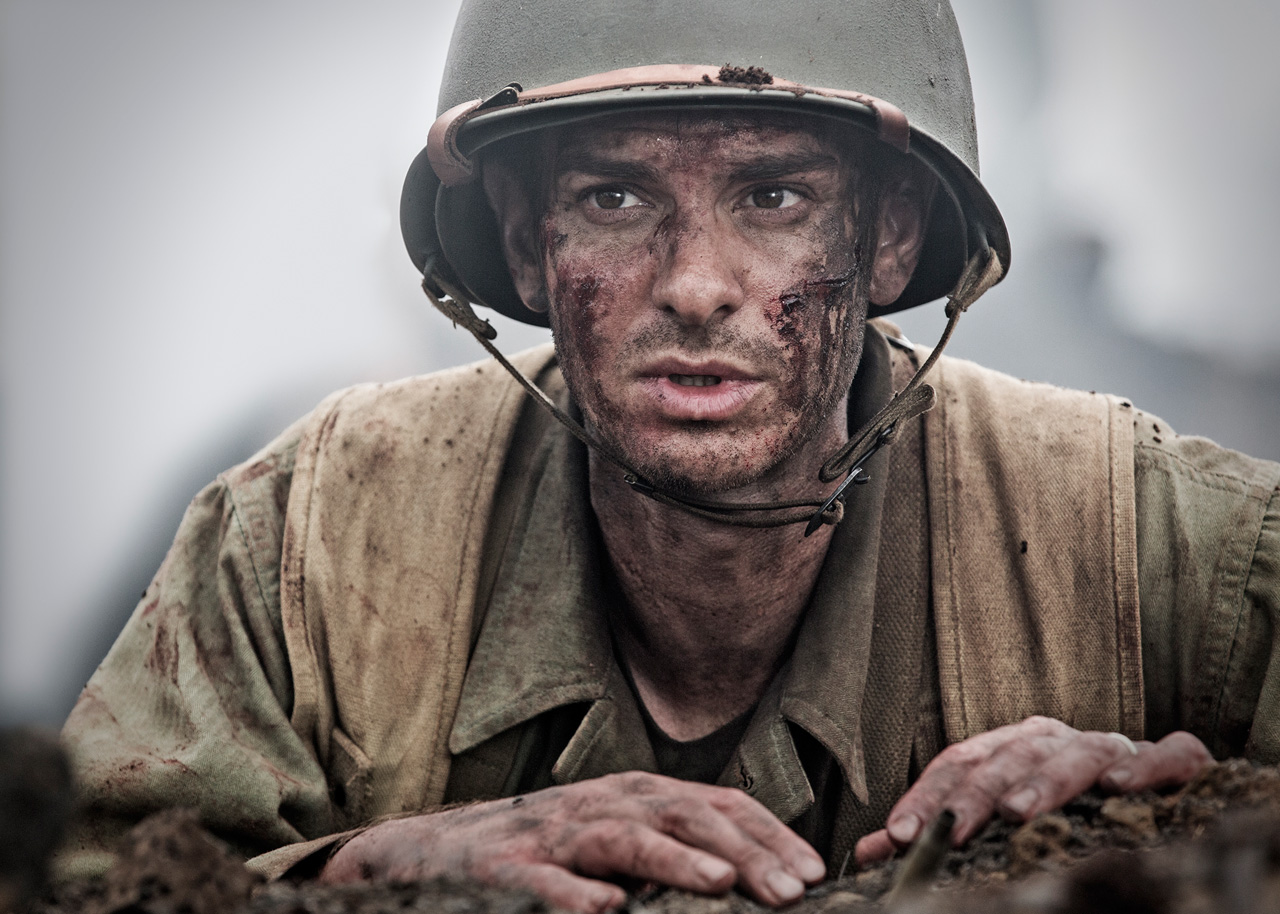
Mel and John decided not to portray that story in the film. Frankly, because Doss’s heroics were so astounding, there was a concern the audience wouldn’t believe it. “That’s why we put the interview material at the end of Hacksaw Ridge, to add veracity to [Desmond’s story]. You look at what he did on that ridge that night. The citation [he was given for his bravery] says he saved 75 men. But guys in his troop say it was a hundred. Over a period of one night, it was incredible. We just felt like, enough’s enough. This guy has done enough. The audience was already in awe of him. How far can you go? We just felt like it was too much? And Hacksaw Ridge was only a small part of his story. He’d actually been in action a couple of years before that. He’d been running around and saving people and doing these sort of things for a couple of years. So in collapsing the story into a sort of film-sized piece, we had already kind of downplayed what he did.”
It Starts on Day 1
John is on location for every shoot (expenses paid by the studio, of course). He doesn’t go into the shoot with expectations. As he’s setting up his Avid, he’s thinking on what it might be like, and being open to the various possibilities of surprises.
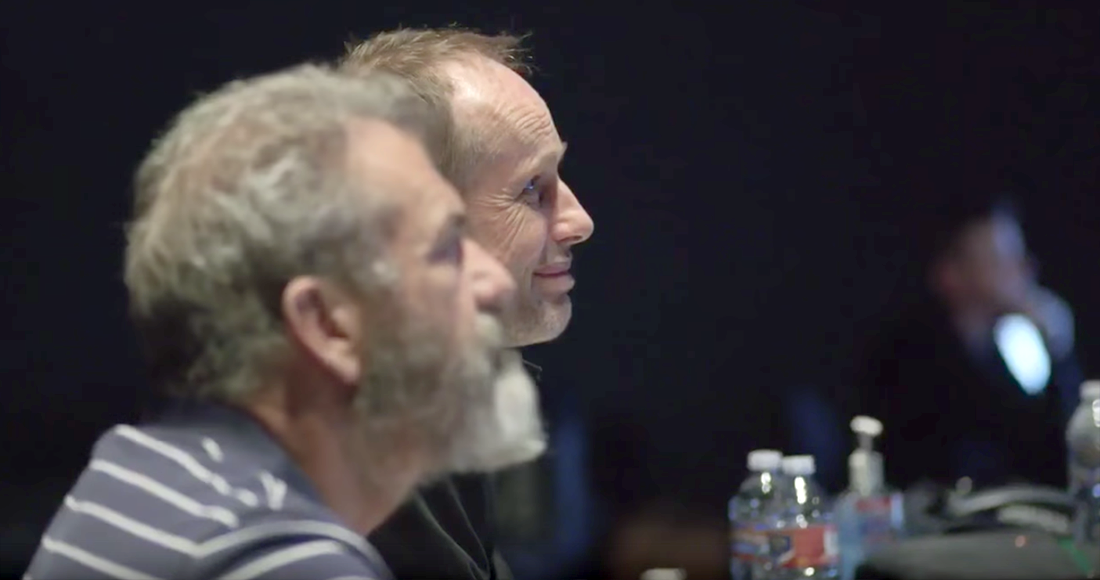
“When I’m first looking at the dailies, I try to watch things and feel what’s in front of me and react to the footage. I think it’s important that rather than going into a film with a preconceived notion of exactly what you’re going to do, you have to be able to react to what the director puts in front of you. And be open to the possibilities that anything can happen, based on the magic that shows up in the footage, which might be totally unexpected.
“There’s always a sense of excitement and nervousness, anxiety, anticipation, whatever, when you start to see the dailies. I’ve read the script and you can’t help but have a picture in your mind of how it might be, but that doesn’t mean it’s gonna come in looking like that.” John chuckles a bit as if remembering a situation recently where maybe what he thought he would see and what he saw were vastly different.
And when he is on set, he wastes no time getting down to business and seeing exactly what those dailies are like.
“I’m editing from day 1. The second day they’re shooting, I’m putting together what they shot the previous day. So I try to have everything assembled a day behind the shoot. So that I can talk to the director about anything that might be a problem.”
Copy. Cut. Collaborate. Repeat.
Within a week after the production wraps, John has an assembled, offline edit of the project. In some cases maybe even two. One edited as the script was written, and then another version based on his instincts that come from some 30+ years in the business.
“You gotta kind of honor the script. People have spent a lot of time on the script. So I’ll put together a version that is pretty well as scripted. What I’ll then do is make a copy of that, then start moving things around. Chopping things out, whatever. It’s a respect for the writer.”
But a funny thing can happen on the way from script to set. Sometimes what works well written, doesn’t translate as well to the visual medium. Or simply, provides extraneous information.
“Quite often, when you get [the film] assembled in the cutting room, things that needed to be said in the script, don’t need to be said anymore because the action of the films tells you things. A lot of dialog becomes redundant. I hate telling an audience something they already know. And I hate a character telling another character something they would already know just for the sake of exposition.”
Another person I recently interviewed shared that she felt like a film is “written” three times. First in the script. Then on the shoot. And finally, in the edit suite. John seemed to concur.
“Writing the movie in the beginning, you can put anything on the page; and when you’re shooting, you’ve got the limitations of the cast and locations and budget and so on; and then when you get to editing, you’ve got the limitations of what’s been shot. Your world is narrowing in at each step along the way, as you ‘re-write’ the film.”
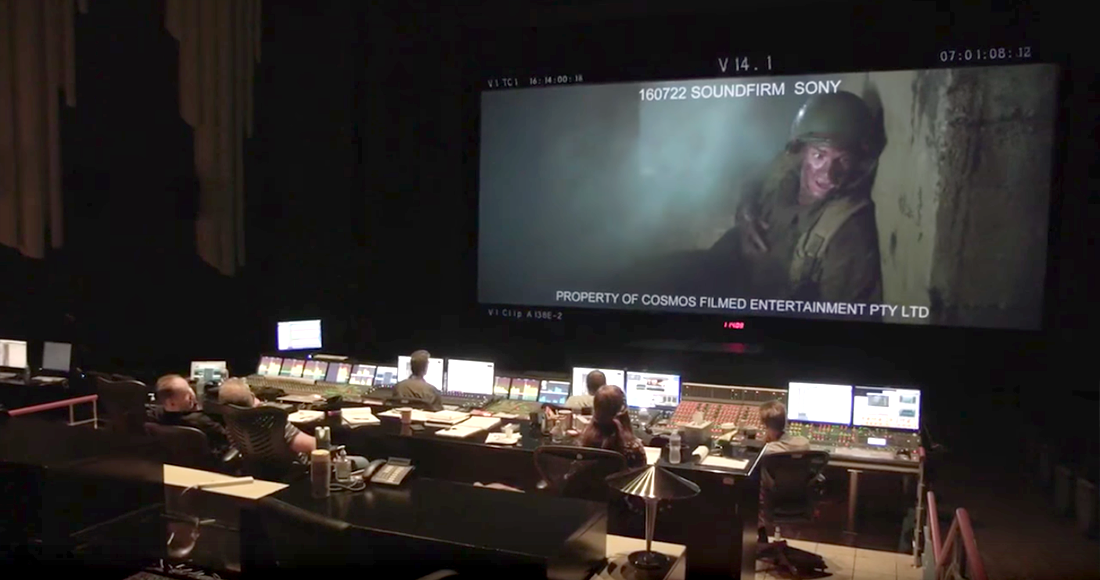
I was pleasantly surprised (and you may be too) that the way he goes about creating his assemblies, is pretty much what I do when I’m editing a 3-4 minute promo video for a client. He culls through the footage laying down the best selects. He will then make a copy of that sequence, preserving the original. On that copy, he can now start playing around moving things, etc. As he’s putting little scenes and sequences together, he’ll make additional copies of the timeline sequences that he can go back to if necessary. And along the way, he’s always mindful of the vision of the other artists involved in the process. Whether it’s the writer when he’s laying down that first version that adheres to the written word. Or the director (obviously). But even the composer.
“Do you ever use temp tracks” I ask.
“Yeah, that’s definitely part of the process. A scene plays differently with music. I’m always scratching around for that. And quite often I’ll send my assistant out and I’ll say ‘I need a track like this or that or the other thing.’ And quite often I’ll get her doing little temp music edits against scenes. It’s important I think.”
It was interesting getting his take on the use of music. In the 2012 Hollywood Reporter Composer Roundtable, different composers shared their thoughts about the use of temp tracks. Most, like world renown composer Danny Elfman, were strongly against it. The fear was that temp music would lock the director in on a particular style or type of music that might not necessarily be the direction the composer wants to take it. I asked John about his thoughts on that.
“That’s definitely an issue. Some composers like to hear the temp music because they want to get a sense of what the director is used to and if something is working in the cut with a particular piece of music. And there are definitely other composers who don’t want the temp music because it definitely colors your judgment. A composer will come in with something clean that they definitely would not have come in with had they heard the temp music.
“Personally, I would like it if they didn’t hear the temp music, and they were creatively free to do whatever they wanted. The danger is, if I’ve had temp music in there, and they bring something in and you think ‘Oh my god. That’s not as good as the temp.’ Then you’ll want to show them the temp and say ‘I know that’s interesting what you’ve done, but take a look at this!’ It’s a delicate area.
“But, you know, you’ve always got to be respectful of other people’s opinions. You’re ONE opinion, and hopefully they’ll respect what you have to say. And mostly they do. If you put a case strongly for something, they’ll think, ‘We’ve hired John to do this, we should take it seriously, if he’s got a bright idea, we should think about it.”
Giving the Director His Due
The director is the single most important collaborator with whom an editor will work. It’s the director’s vision that must be met. I can only imagine the lessons learned when working with artists the likes of Peter Jackson and Mel Gibson. What do you do as an editor when you have to share a difference of opinion with directors of that caliber and vision?
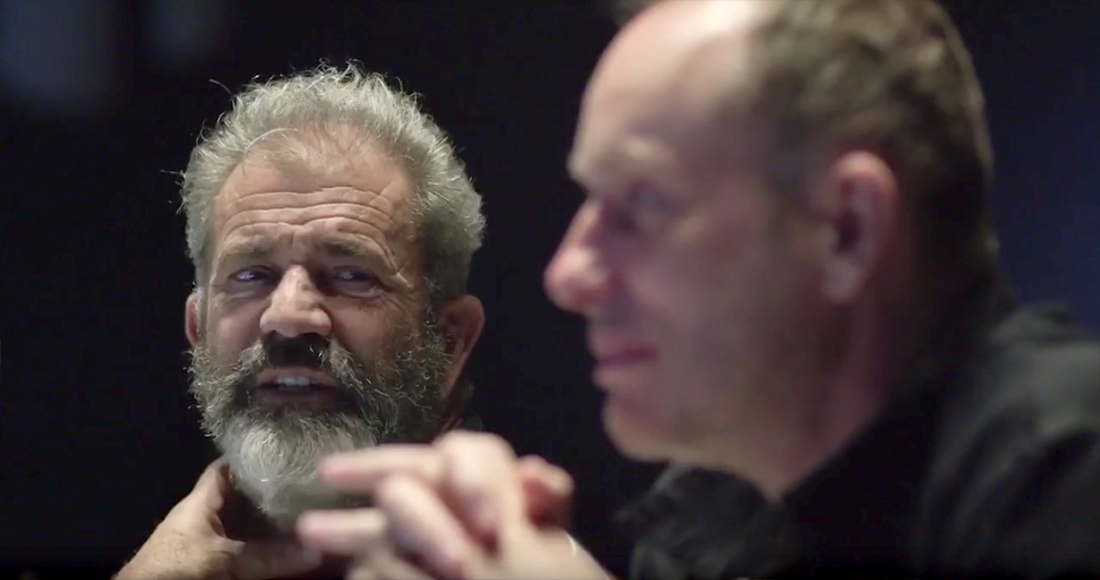
“It’s a marathon cutting a film. We may be arguing about things that don’t even end up in the movie. As things progress, the film changes, and maybe the idea will bubble to the surface again. So, there’s no point having a big argument about something, even if I feel strongly about it. Because as the film progresses, maybe that issue goes away. And when you get close to locking the film, that’s when there’ll be a short list of things I feel strongly about, and they may not be the same things I felt strongly about earlier.
“I think it’s important to maintain a sort of respectful kind of dialog. I’m not going to fight with a director over things. It’s my job to be persuasive if I think I’ve got a great idea.”
You can’t help but appreciate and admire John’s attitude and disposition. (If more people in the world were like this, the world would be a better place.) But that doesn’t mean he hasn’t learned a thing or two on how to be “persuasive” in more, shall we say, creative ways.
“I can remember an instance where there was a piece of music I put on the first scene of a film, and I thought it was great, and the director said, ‘No, I hate it.’ And the producers were quite strongly involved on that film, and somehow I ‘allowed’ them to see a version of the film with this piece of music and they loved it. And they brought the director around in that particular case.” John laughs a little at the memory.
One of the greatest aspects of being an editor is having the benefit of 20/20 hindsight after cutting the footage from countless shoots. I wanted to know if John had any advice for aspiring directors that would help their projects in the editing process.
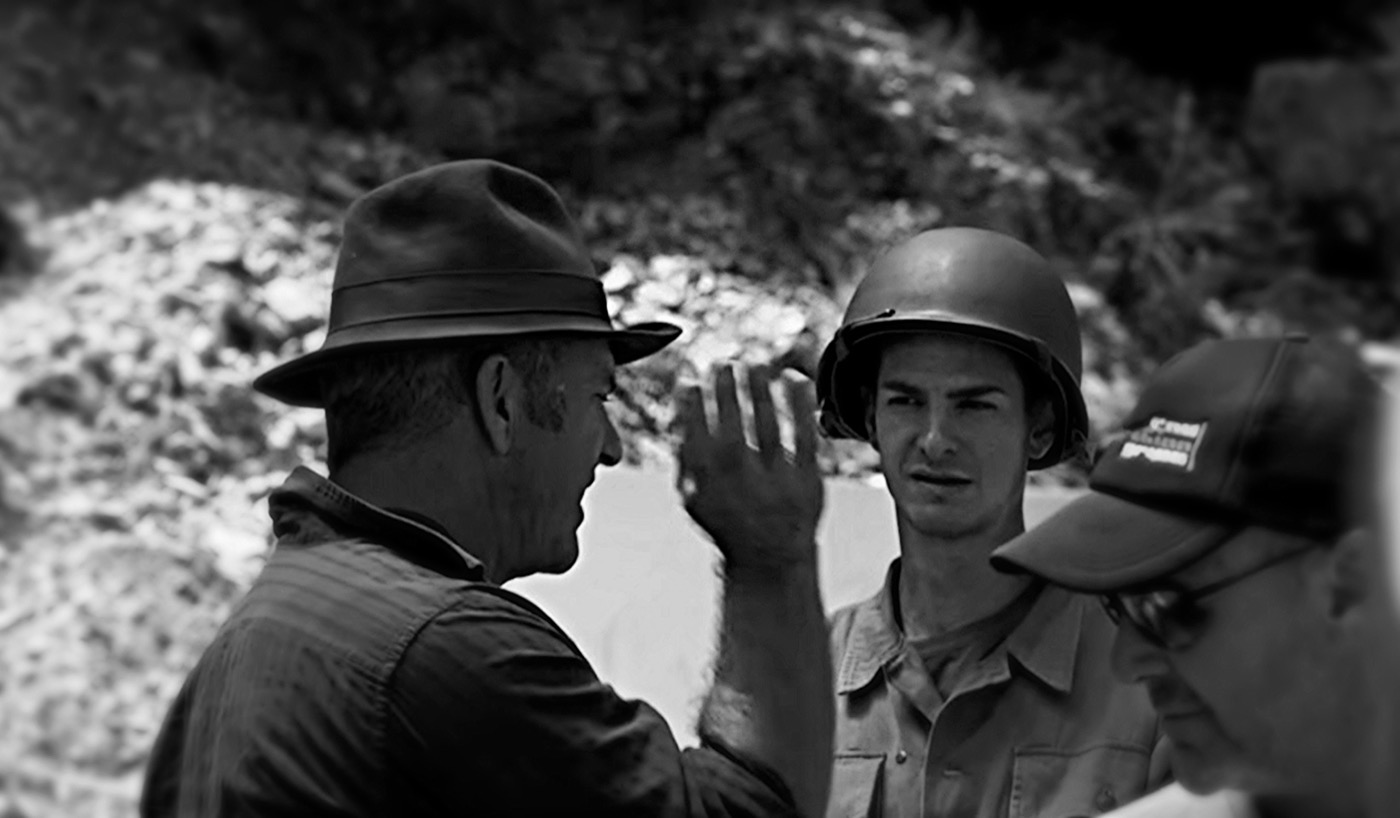
“Don’t cut the scene in your head. Don’t think you’re going to know how the scene is going to come together, and just cover it for how you think it’s going to go, because you’re going to be eliminating options. Cover the scene properly. Don’t be presumptuous. You’ve got to give yourself options. You’ll paint your editor into a corner if you think how it’s going to go and you shoot it accordingly.”
I’ll fight the urge to make a cheesy Dirty Dancing reference by saying “No one puts ‘Johnny’ in a corner.” But, when I asked him if he had ever been painted into a corner, he said of course. Many times.
“I’ve worked on a lot of low-budget New Zealand films and things, and I’ve been painted into a corner so many times, there’s no doubt about it. The meaning of a scene changes, and this happens all the time—a film gets shorter, you have to throw away scenes, and suddenly have to try to patch something together to make a story point from something that’s been eliminated. You’re grabbing bits and pieces from everywhere. You do whatever you need to, but you gotta make the scene look as though it was meant to be that way. That’s the challenge.
“But there are a lot more options now [to do that] than there were 20 or 30 years ago when we were working on film and you had a work print, and to do those things was incredibly time-consuming. But that’s the job. I think editors understand that things never go according to plan. Or very rarely do they go according to plan. You gotta be creative, fixing things up to make it look like it was meant to be that way.”
At the end of the day, as is the case with any creative endeavor delivered at the highest possible level of quality, really great artists like John always make it look easy.
And the winner is…?
When John Gilbert got his start in the late 70s cutting commercials, corporate videos, music videos, and other small projects for New Zealand TV, little did he know that 40 years later, he would be on the Dolby Theater stage, accepting the most prestigious award in the craft. When Peter Jackson came along in ‘94 and enlisted his help for The Frighteners, Gilbert wouldn’t have dreamed that collaboration would lead to his first Oscar nomination, which ultimately propelled his career to his win. So I wondered how life and career changes when you win an Oscar. Does it go to your head?
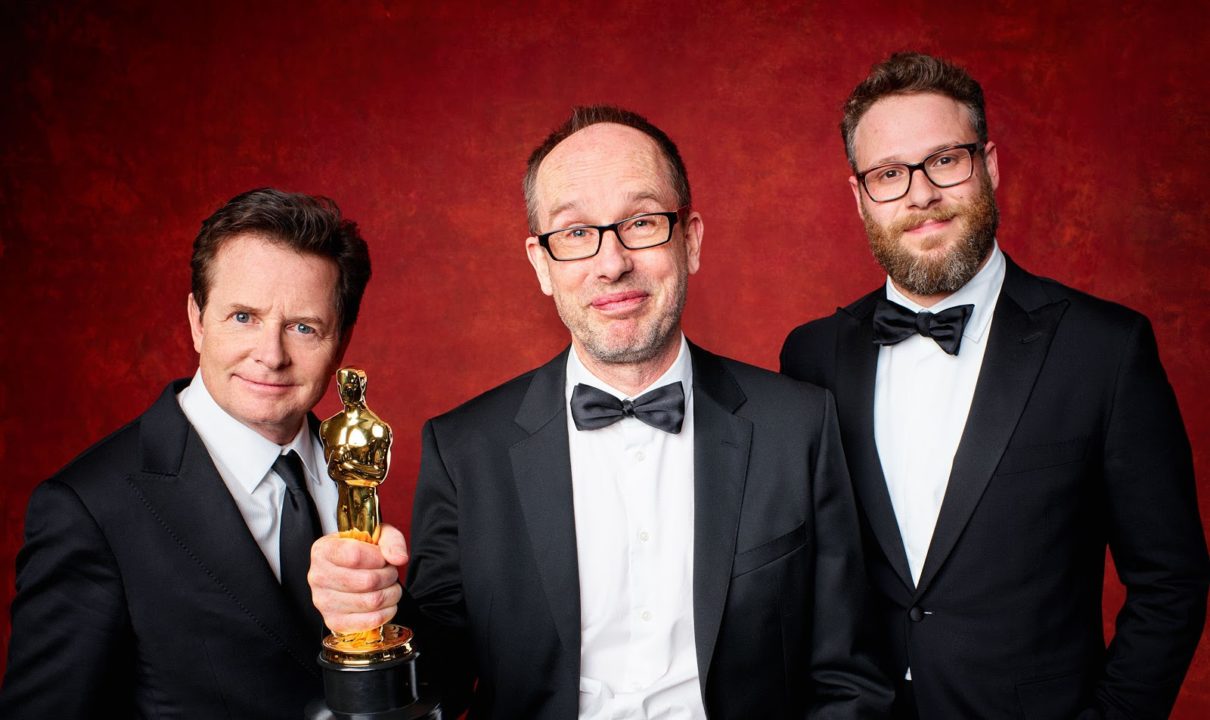
“I’m my own worst critic. If I think something’s terrible, no matter how many people tell me it’s fantastic, I still know it’s terrible. And I look back at my work from films I did years ago and I’m terribly critical. I always look at them afterwards and think, ‘Oh my god, I should’ve done better there, I could’ve taken that shot out and moved it over there. And films that haven’t been successful, they play in my head for years afterwards. I’m old enough [where] it would not go to my head, honestly. I know when I’ve done a good job, and when I could’ve done better.
“Throughout my career, I’ve always thought I could do better, and I want to do my best work. And I know that there’s always plenty to learn. You never know it all. You gotta keep reading about films, watching films, talking about films, and you’re never finished. You’re always progressing. You gotta keep an open mind. And I think that’s really important.”
John brings it all to a close with this simple summary:
“Work hard. Keep an open mind. And don’t think you know it all. That’s all I can say really.”
I couldn’t have said it better myself.
At the end of the day, John may have won the Oscar, but with such a level-headed, inspired, artist-respecting, and talented editor at work on important films like Hacksaw Ridge and any future sci-fi/fantasy epics (a cinematic incarnation of Tolkien’s Silmarillion perhaps?), we the audience, will be the real winners.

